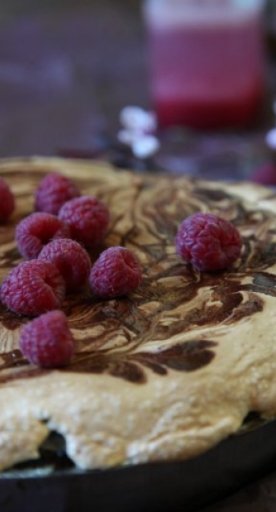

Timeless loves in Lunigiana
Love stories among castles, palaces, ladies and knights
In a land dotted with Renaissance castles and noble dwellings such as Lunigiana, where the Malaspina ruled from the 13th century to the French Revolution and the great merchants of the Grand Ducal era built wonderful villas, gardens and palaces, timeless love stories abound with tales of forbidden relationships, myths and romantic legends. A symbol of all these stories of lovers is the blindfolded Cupid who stands out among the frescoes of Palazzo Dosi Magnavacca, a masterpiece of Pontremoli Baroque: in fact, unfortunately, as the myth of blind love teaches us, these tales often deal with stories of unhappy, troubled and hindered love. The myth of Cupid's punishment is narrated in Apuleius's Metamorphoses. Complex and unrequited loves are also narrated in the stories of the Salone.

The story of Bianca Maria Aloisia of the Castle of Fosdinovo is certainly the most famous: daughter of the Marquis Malaspina, she was guilty of having madly loved a stable boy and therefore she was walled up alive together with a dog, a symbol of loyalty to her beloved, and to a wild boar, signifying her rebellion towards her family. This tale of forbidden love can still be felt during a visit to the castle, in which, according to legend, the presence of the Princess lingers.

Love can also be encountered in the hall of Pallerone Castle in the Municipality of Aulla, a large residence that was the marquisate seat of the Malaspina family for centuries. Inside, there's a circle of frescoes most likely attributable to the Fivizzanese Stefano Lemmi, dating to the late 17th century. From eternal love, told by the myth of Selene and Endymion, to the unrequited love of Galatea and Polyphemus, and to Narciso's love for oneself, the reception hall evokes the historic splendour of the court of the Malaspina family.

A troubled love, but with a positive ending, is that between Angelica Malaspina of the Marquisate of Bastia and Giulio de 'Medici, son of Alessandro il Moro. They met in Pisa where, following their secret meetings, their son Cosimo was born. Despite their deep bond, the love between the two was strongly opposed throughout their lives: Giulio married another woman, the Medici family accused Angelica of bad conduct and the woman retired to the convent where she was forced to take her religious vows.
Her faith in her beloved and her far-sightedness convinced her fellow nuns to sign a declaration in which Angelica denounced becoming a nun and provided for the dissolution of her vows as Giulio had asked for her hand in marriage. Finally, in 1583 she was freed following a trial presided over by the Bishop of Massa, and she reached Pisa where she was welcomed by her fiancé.

But not all Lunigiana loves are tragic and unhappy: the story of Carlo Dosi Delfini and his beloved wife Giulia Reghini are an example of pure and faithful love that overcame time and death. After a solid and lasting marriage from which twelve children were born, the death of Giulia so devastated the owner of Villa Dosi Delfini that it forced him to retire to monastic life and abandon his home before it was completed. This loyalty still leaves visitors to the Villa speechless, even today.


























































